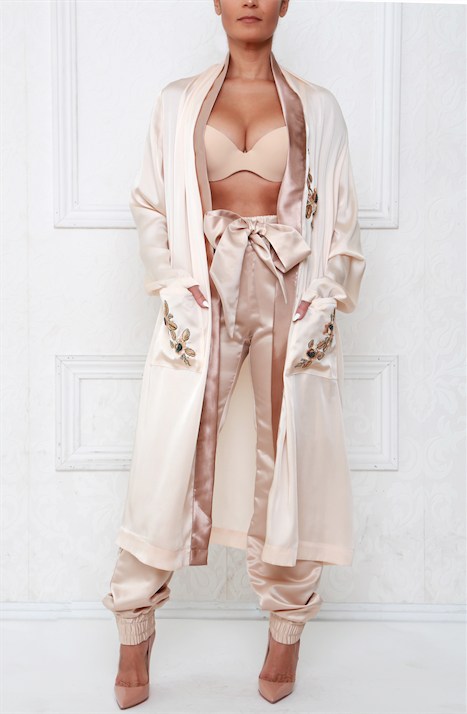
The photography industry has a market cap close to $100 billion and it is only expected to keep rising in the foreseeable future.
Fashion photography is one of the main domains in professional photography.
The fashion industry itself has a market size of over $2 trillion globally. So it is quite easy to understand why fashion photography makes such a big splash!
With the introduction of social media platforms and the growing number of online influencers, the demand for fashion photography is also on the rise.
Being a highly competitive industry, it is crucial to optimize your photography and business tactics to become viable and successful in the game.
Are you in the process of researching ways to stay ahead of the competition in the fashion photography space?
Then you’re at the right place.
5 Professional Fashion Photography Tips to Stay Ahead of the Competition
Below are some of the useful tips that’ll help you beat the competition in professional fashion photography.
Read Professional Fashion Photography Guides
Uniqueness is definitely what attracts people to photography.
So, then why should you read guides on the same?
Well, there are some basic techniques and ideas that every fashion photographer must know.
Even though there is no step-by-step guide on fashion photography, understanding the basic concepts and tactics used will help you combine one or more of them and create a unique masterpiece.
There are several guides on fashion photography, like on this site, which will help you get an in-depth understanding of fashion photography techniques.
Don’t Always Stick to Studio Setup
Most people conduct fashion photography shoots in a studio environment.
Well, even though a studio setup can give you more flexibility in the lighting, wind, and other elements that can boost the effect on your photography, it is not a necessity at all.
Outdoor shoots and street-based fashion photography do have a huge fanfare. Nowadays people prefer natural lighting and atmosphere when it comes to photography and also allows people to feel more relatable to the fashion you’re showcasing in your photos.
Give Flexibility to Your Models in Choosing Poses
Posing plays a major role in how appealing and attractive your photos appear to others.
Even though it is you as the photographer who’ll know the best pose for a given scene and model, it is also important that you give the models flexibility in choosing their own poses.
At times, natural poses are what steal the show!
Even if you do have certain poses in mind for the photoshoot, do give your models the choice to try and express their own poses once you’re done with your ideas.
Well, even though not all poses may look attractive in the beginning, during the post-processing, the shot that you least expected to turn out good might become the most appealing one.
Experiment With the Gear You Use
The camera, lens, and other equipment you use for photography are as important as the model, fashion, and scene in your shot.
While choosing a camera for fashion photography, make sure you pick one with a high ISO level and best depth-of-field, both of which are essential in clicking stunning photographs.
Similarly, try to experiment with different types of lenses for different kinds of shots. A single lens cannot give you the same output for close-up, low-light, or studio shots. So, try to change the lens you’re using depending on the scene and lighting you’re exposed to.
Be Well-Versed in Photo Editing
Editing and post-processing are essential when it comes to professional fashion photography.
Everyone has a camera these days, so it is quite important to make sure that your shots stay unique from the rest, especially as a professional.
Editing gives you a second chance in creating the ideal output from the shot you already have.
By editing your capture, you get to tell a story that otherwise would have been a difficult task to do without applying post-processing effects on your shot.
So, What’s Your Tip?
Photography is a field where one’s creativity matters the most than anything else.
So, as a fashion photographer, what do you feel can help professional fashion photographers set themselves apart from the competition?
